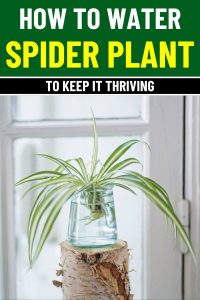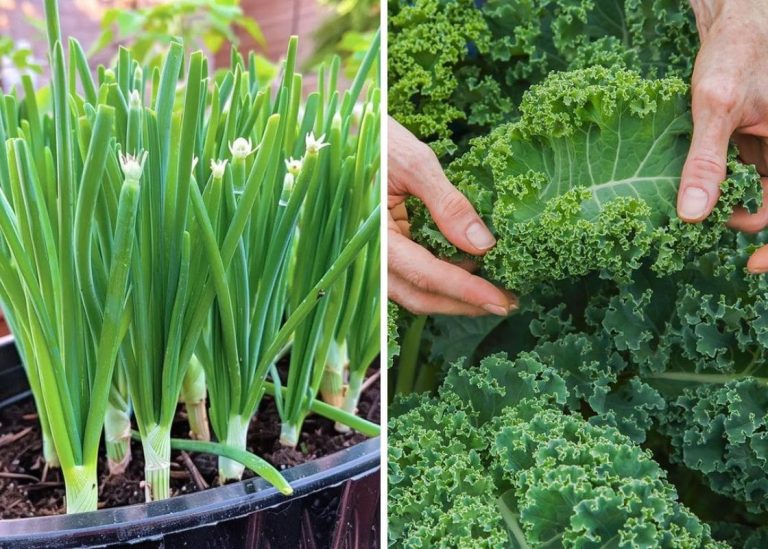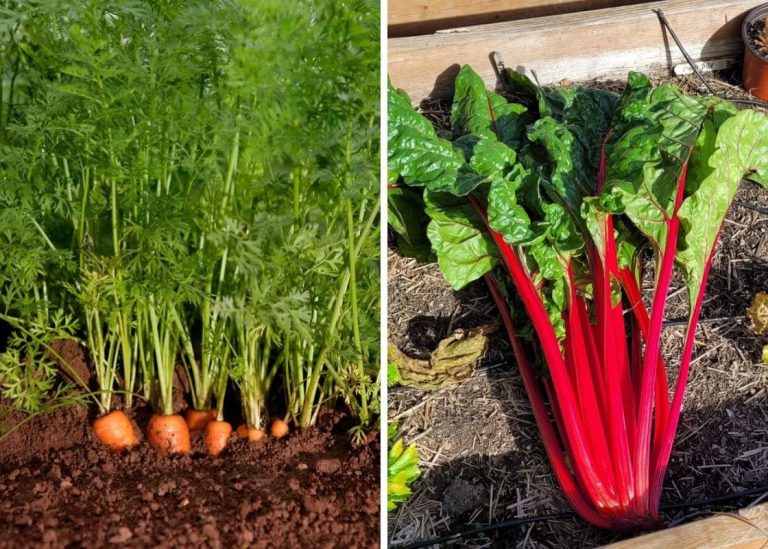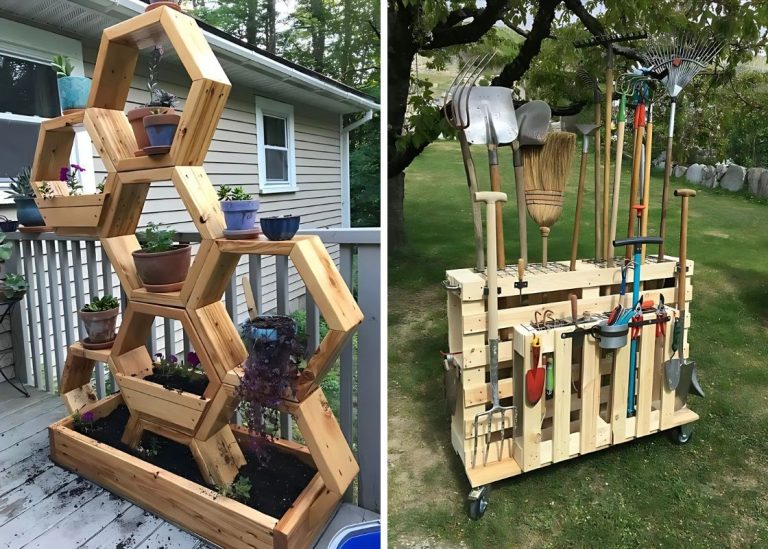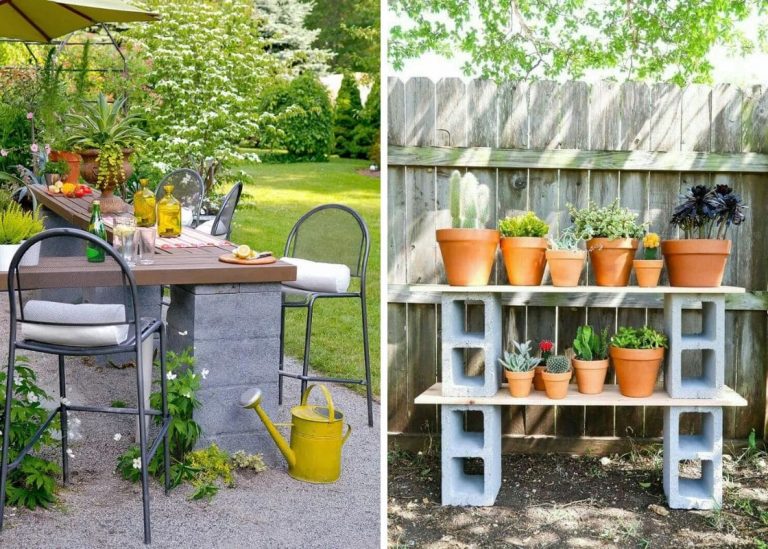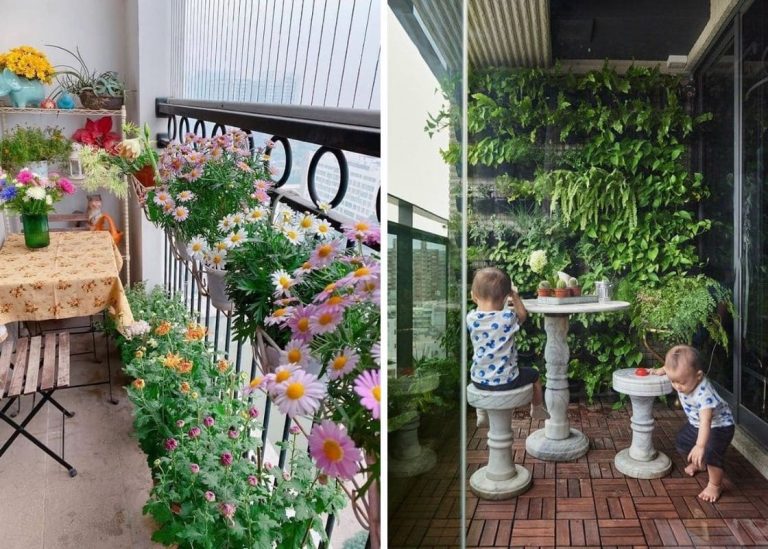Gardener’s Guide to Watering a Spider Plant to Keep It Thriving
A small green pot sat tucked in the corner of my kitchen windowsill, its long striped leaves tumbling down like a little waterfall. That spider plant was a gift, given on a day when I needed a reminder that even in small spaces, life can thrive.
At first, I barely paid it any mind, assuming it needed as little care as it asked for attention. But subtle signs—the crisping tips, the sagging stems—began whispering a different story. The plant was speaking; I just hadn’t learned its language yet.
Over time, with more misses than hits, I began to understand its needs better. Water was never the enemy or the solution on its own—it was timing, touch, and listening that kept it alive and dancing in the light. That little spider plant, humble and bright, taught me patience, rhythm, and the quiet art of tending.
If you’re hoping to keep your spider plant lush and full of life, let’s walk through everything you’ll need to know—together. I’ll share real stories, lessons learned the messy way, and the gentle signs your plant gives when it’s asking for a little extra love.
Understanding the Spider Plant’s Water Needs
Spider plants hail from tropical and subtropical places where rain is plentiful but doesn’t linger long on the ground. Their roots crave moisture but hate to feel soggy, a balancing act I had to learn by watching my own plants closely.
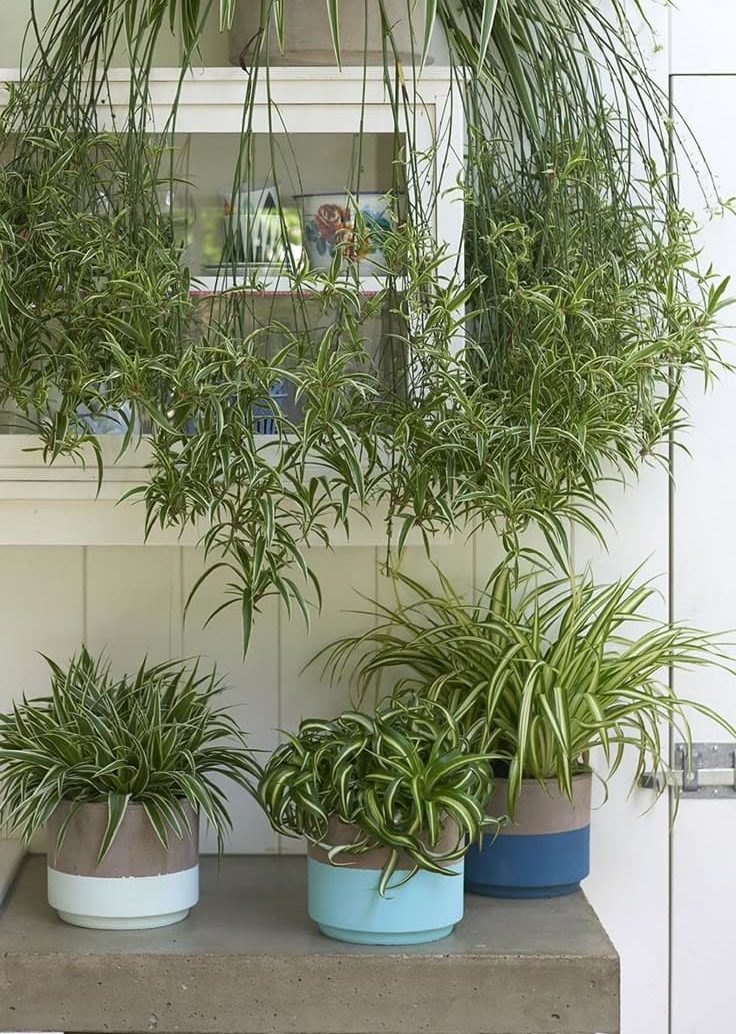
When a spider plant is happy, its leaves are perky, glossy, and full of life. But too much water, and they start to yellow. Too little, and they droop like tired dancers. Brown tips? Often it’s not just dryness but chemical sensitivities whispering for better water. Spider plants are surprisingly expressive once you know what to look for.
How Often to Water a Spider Plant
Timing your watering is a bit like tuning a musical instrument — it depends on the temperature, humidity, and how fast the soil dries out. For me, checking the top inch of soil by touch has never failed. If it feels dry, it’s time for a drink.

In the warmer months, watering about once a week tends to keep my spider plants thriving. When winter sets in and their growth slows, they only ask for water every two weeks or so. Spider plants nestled in small pots or airy hanging baskets often dry out quicker, so those I check more frequently—usually with a gentle press of the finger into the soil.
Best Type of Water for a Spider Plant
One of my earliest spider plants began developing crispy brown tips despite my careful watering. It wasn’t until an old gardening neighbor shared her secret that I understood: tap water, heavy with fluoride and chlorine, was slowly stressing the plant.
Now, I use rainwater whenever I can collect it or leave tap water to sit overnight to let some of the harsh chemicals dissipate. Filtered or distilled water is a gentle gift to spider plants, keeping their leaves soft, vibrant, and free from those frustrating brown edges.
The Right Way to Water a Spider Plant
Watering a spider plant isn’t just about pouring—it’s about rhythm and patience. I pour slowly around the base of the plant, waiting until water trickles from the drainage holes below. This full soak quenches their thirst deeply and washes away excess salts that might build up in the soil.
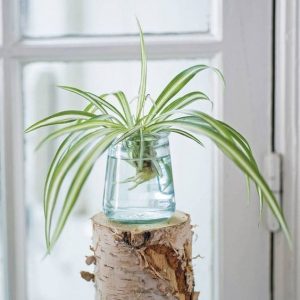
When I water my hanging spider plants, I lift them down, nestle them into the sink, and let the water flow through fully. Afterward, I let them rest for a bit so they aren’t returned dripping, which helps avoid messy surprises later.
What Happens When You Overwater?
Most beginner plant owners, myself included, kill with kindness rather than neglect. I once lost a beautiful spider plant to root rot, a lesson that stayed with me longer than the plant itself.
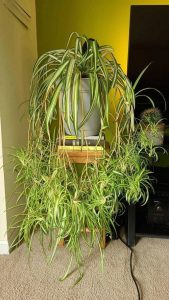
Signs like yellowing leaves and a slight musty smell around the pot are flashing warnings. If this happens, I let the soil dry out completely. In bad cases, I gently lift the plant, trim away any mushy black roots, and replant it in dry, fresh soil. Spider plants are forgiving, but even their strong spirits need a little rescue now and then.
Signs Your Spider Plant Needs Water
A thirsty spider plant has a droopy, tired look that’s hard to miss once you’ve seen it. The leaves soften, and their vivid color dulls a little. If I see that sadness setting in, I give a slow, thorough watering, and within a few hours, the plant often perks back up as if it’s smiling again.
Another little sign I’ve noticed: spiderettes, those playful baby plants, slow down in production when the parent plant feels stressed or thirsty. Keeping the watering routine steady encourages not just strong leaves but a growing family of little green darlings.
Pot Choice and Drainage Matter
No matter how perfect your watering schedule, a pot without drainage can undo everything. Water needs an escape route, or the roots drown, slowly and silently.
I like to keep my spider plants in simple plastic nursery pots tucked inside prettier decorative planters. That way, I can lift them out for watering, ensuring they drain thoroughly before slipping them back into their decorative homes. It’s an easy habit that saves so many heartaches—and so many plants.
Final Thoughts
Caring for a spider plant isn’t just about watering on schedule—it’s about paying attention, adjusting with the seasons, and growing a quiet relationship with something green and full of life. Every drooping leaf or sudden burst of spiderettes feels like a little conversation between you and the plant, an ongoing exchange of care and gratitude.
When you learn to watch for the signs—the thirsty sag, the chemical-burnt tips, the heavy soil—you’re not just tending a houseplant. You’re practicing patience, observation, and a kind of slow joy that gardening offers freely to anyone willing to listen.
And the more you grow with your spider plant, the more you’ll notice a subtle shift—where the simple habit of watering becomes something softer, something almost sacred. A reminder that care, in every form, brings life.
